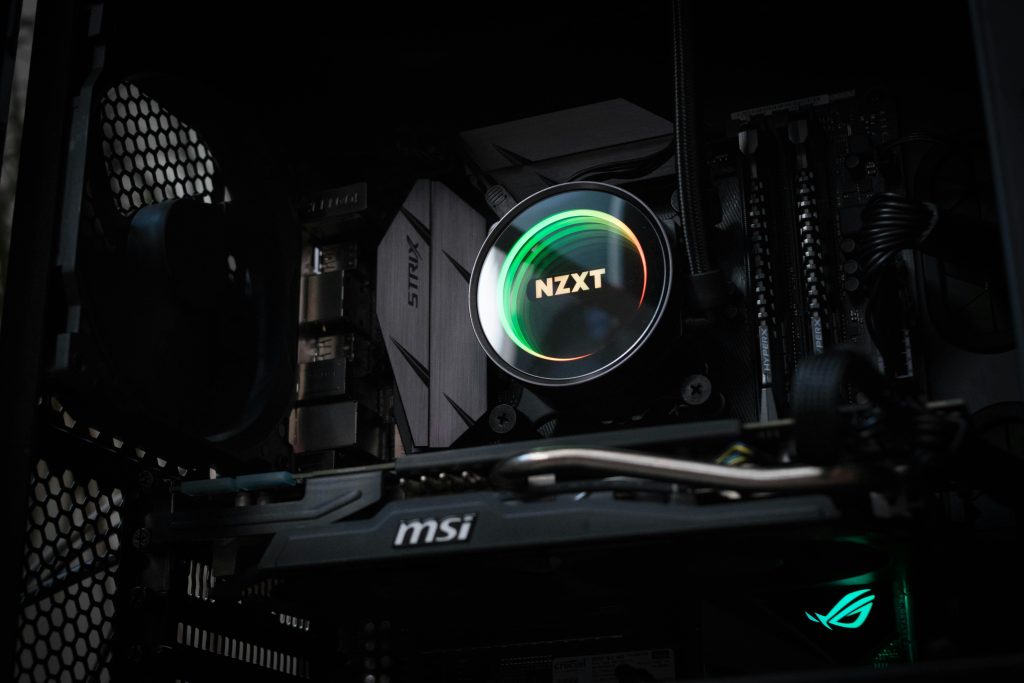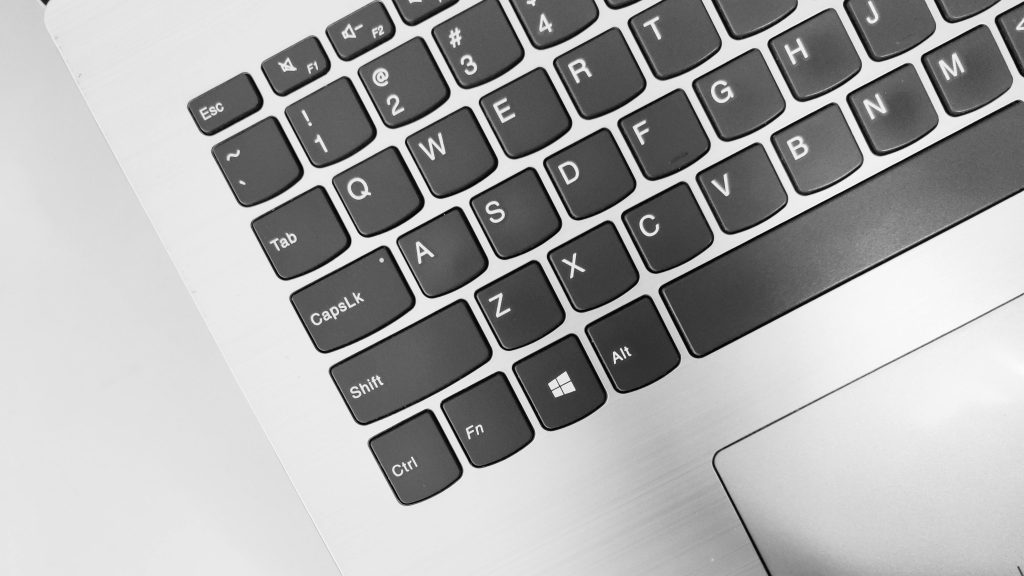Troubleshooting a Dead Computer After RAM Upgrade: A Cautionary Tale
Upgrading computer hardware can breathe new life into a system, but it can also lead to unexpected challenges. Recently, my brother and I decided to give our Lenovo ThinkCentre M93 a boost by upgrading our RAM from 16GB to an impressive 32GB of DDR3 memory. However, our excitement quickly turned to frustration when things went awry.
After carefully installing the new RAM, our computer began emitting a series of beeping sounds: three short beeps followed by a long beep. Confounded, we gingerly swapped the RAM sticks around in different slots, but the beeping persisted. In our attempt to troubleshoot, we reverted to the original 16GB of RAM, hoping that would solve the issue. Sadly, the same ominous beeping echoed from the machine.
Now, our once-functional computer is no longer booting, leading us to believe we may have inadvertently caused some critical damage during the upgrade process. We’re reaching out for advice on how to revive our machine.
If you’ve encountered a similar situation or have expertise in computer hardware troubleshooting, we would greatly appreciate any tips or insights you might share. Has anyone successfully navigated a RAM upgrade disaster? Your guidance could be invaluable in helping us restore our computer to working order!
Share this content:




It's definitely frustrating when a seemingly straightforward upgrade leads to such issues! The three short beeps followed by a long beep is a crucial clue. This specific beep code pattern on Lenovo ThinkCentre desktops typically indicates a problem with the system memory (RAM).
Here's a breakdown of potential causes and troubleshooting steps you can take to revive your Lenovo ThinkCentre M93:
Understanding the Beep Code:
Troubleshooting Steps:
Double-Check RAM Installation (Even with the Old RAM):
Inspect the RAM Slots:
Check RAM Compatibility:
BIOS Reset (CMOS Clear):
Check for Other Loose Connections:
Consider Potential Damage (Less Likely, but Possible):
If None of the Above Works:
In summary, the immediate focus should be on ensuring the original RAM is correctly installed and trying to clear the BIOS. The three short beeps followed by a long beep strongly indicates a memory-related problem, so meticulously checking the RAM and its connection to the motherboard is the most crucial first step.
Good luck, and I hope you can get your ThinkCentre M93 back up and running!
It sounds like your Lenovo ThinkCentre M93 is experiencing a common issue related to RAM compatibility or seating after the upgrade. The beeping pattern you described—three short beeps followed by a long beep—typically indicates a memory-related error code, which could mean the new RAM isn’t compatible, not properly seated, or damaged.
Here are some troubleshooting steps to consider: